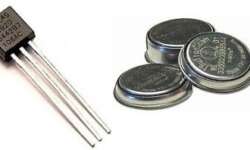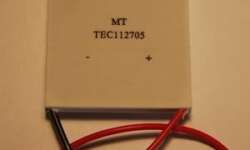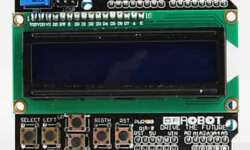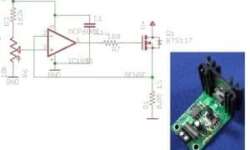Zener – one diode for many uses
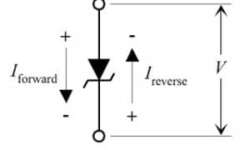
Zener diodes are specially designed diodes (heavily doped) that have low reverse voltage breakdown. Due to this characteristic, Zener diodes are connected backward to regular operation. If Zener is forward biased, it acts as an ordinary diode with a forward voltage drop at 0.6V. Zener diode backward voltage breakdowns may range from 2.4V up to 100V. Honestly speaking, if you need like 1.2V, then probably you need to connect two forward-biased diodes in series for 0.6V+0.6V = 1.2V drop.







